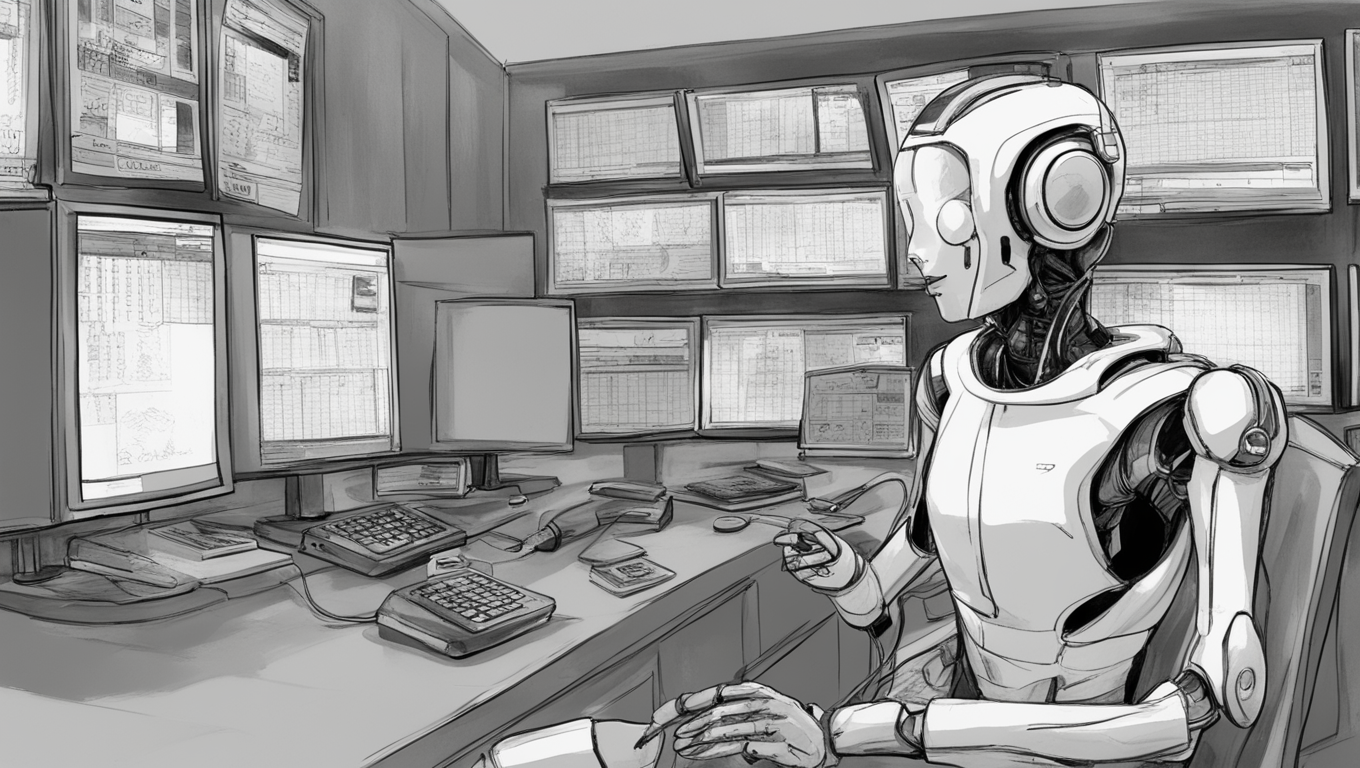In the midst of a chaotic storm, 911 call centers often become overwhelmed with reports of fallen trees, flooded roads, and panicked residents. The pressure on emergency services can be immense when multiple reports of the same incident pour in. To alleviate this burden, artificial intelligence (AI) has emerged as a technological ally, quietly transforming how non-emergency calls are handled in dispatch centers across the United States.
AI-powered systems are being used to triage and coordinate the flood of reports, promptly alerting relevant agencies. Currently, these systems only manage non-emergency calls, which are typically answered in the same centers but come from a non-911 phone number. This allows human dispatchers to focus on emergencies. The integration of AI technology into 911 centers is a response to the acute staffing crisis and the need to address the mental health challenges faced by emergency responders.
Ty Wooten, the director of government affairs for the International Academies of Emergency Dispatch, which helps set standards for emergency dispatch centers, believes that the use of AI for non-emergency calls is a fantastic idea. He sees the huge benefit of alleviating those calls out of the 911 center queue so that the 911 call takers can focus on the ones that truly matter.
Between 2019 and 2022, 1 in 4 jobs at 911 centers in the United States were vacant. This understaffing issue has resulted in some 911 calls going unanswered or getting stuck in lengthy queues. The introduction of AI systems for call-taking in 911 centers aims to address this problem by boosting efficiency and reducing the workload on human dispatchers.
A number of municipalities in Colorado, Maryland, Missouri, Oregon, South Carolina, Texas, and Virginia are already testing or implementing AI systems for call-taking. Amazon Web Services, through its subsidiary Amazon Connect, offers a cloud-based contact center designed to provide verbal assistance. Carbyne is another software company focused on emergency communications services that uses AI for live two-way translation and triaging calls.
For example, in Charleston County, South Carolina, Amazon Connect is used for non-emergency calls. When a caller dials the county’s non-emergency line, Amazon Connect answers and redirects the caller to appropriate resources, allowing human dispatchers to focus on emergency call-taking. The system has reduced the volume of calls to the administrative line by 36% since March, making the job of 911 public safety telecommunicators more efficient.
While concerns about AI displacing dispatchers' jobs exist, many leaders of 911 call centers emphasize that their goal is to make existing roles more manageable. They believe that AI can help enhance the job of dispatchers and relieve their stress while providing a more efficient service to citizens.
However, there are concerns about bias in AI systems. All AI models are only as good as their developers, and there is the potential for AI to replicate human biases on a large scale. Additionally, AI systems must be capable of accommodating a diverse range of callers, including those who speak languages other than English or have specific needs related to their abilities.
Further challenges to the widespread implementation of AI systems in 911 call centers include outdated technology and a lack of funding. Many centers rely on old systems that struggle to keep pace with rapid tech advancements. Upgrading the technology infrastructure and obtaining funding for basic tech improvements is crucial before AI can be fully embraced.
AI has the potential to revolutionize how 911 centers handle non-emergency calls, boosting efficiency and reducing workloads for human dispatchers. However, it is important to proceed with caution to address concerns about bias, liability issues, and the need for basic tech improvements. With the right approach and investment, AI can be a valuable tool in enhancing emergency response systems and ensuring the safety and well-being of every citizen.





Use the share button below if you liked it.